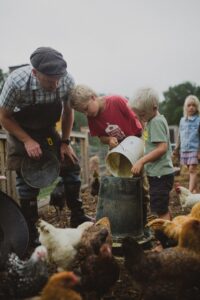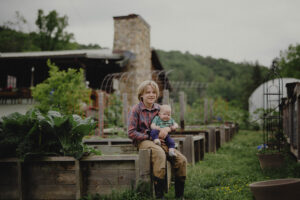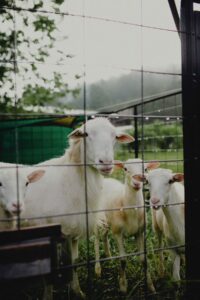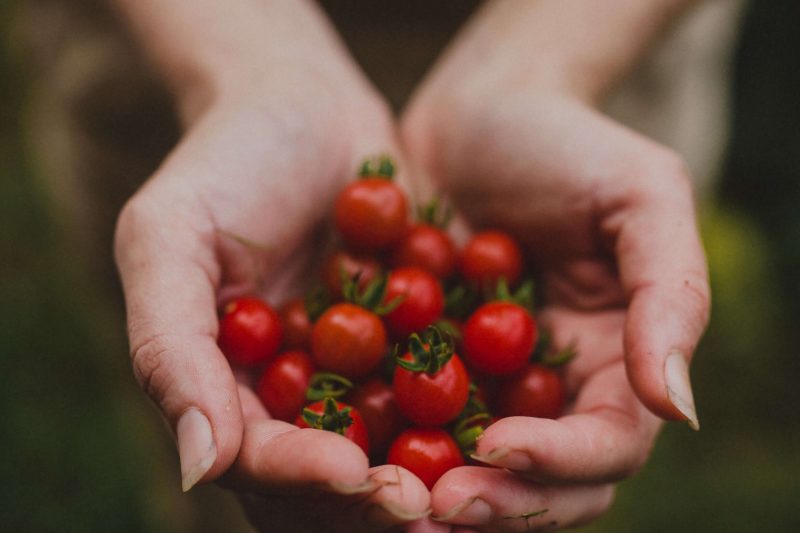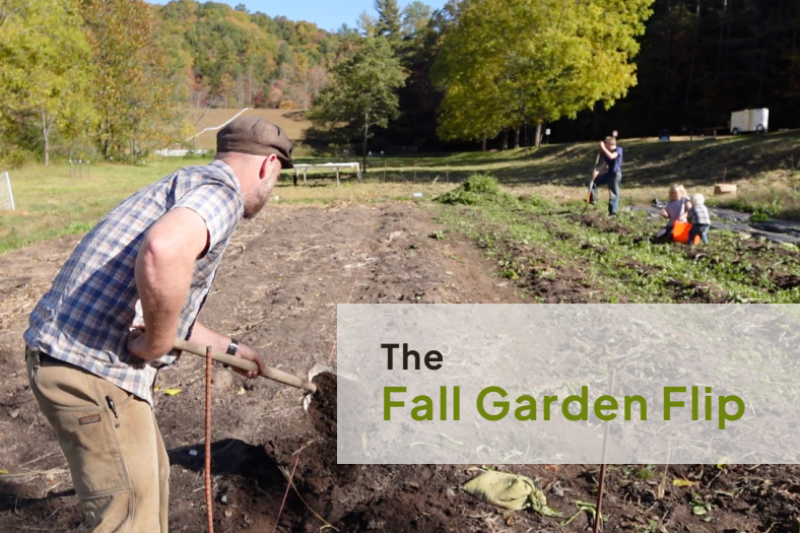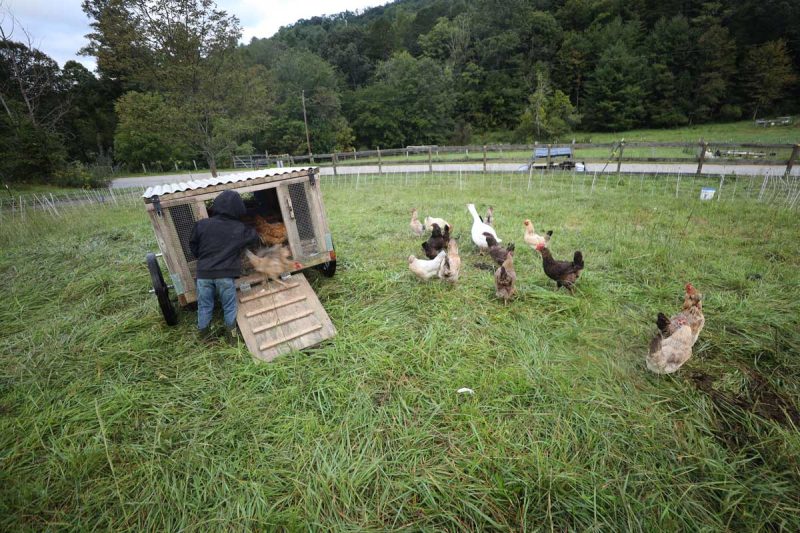How to Buy Homestead Property
Options for Purchasing Land
There are many creative options for purchasing land. You can buy or lease. Of course, buying is more expensive, but it gives you ownership. Leasing can be much cheaper but has no ownership rights. They both have pros and cons, and both can be part of starting a homestead.
Leasing Options
Leasing your homestead instead of owning it can be a great option. Let’s say you own a home but lack the land to raise the animals you’d like to for your family. Perhaps you can lease the land instead? Leasing also allows those without enough funds to buy an entire homestead with enough left over for a house and all the animals/equipment.
- Leasing and bartering can be a great option over purchasing land. Maybe a piece of land isn’t being used by a local store, church, or neighbor and you can lease that one.
- Trade your products for the use of someone else’s land. See if you can enter into a partnership. Maybe you can use someone’s land to raise cows, and in exchange, you can give them some of the milk or meat those cows produce.
- There is even the option of a generation partnership. Older folks tend to have money and less energy, while younger folks have just the opposite, less money and more energy. Find someone wanting to invest with someone else who is willing to do the work.
- Leasing, however, does not have the added benefit of ownership, but you may be able to find some lease-to-own options.

Buying Options
Buying land, like leasing, has many benefits to it. Here are just a few of them.
- Buying gives you the exceptional benefit of ownership.
- It allows you to control more of what you want to do with the land.
- Buying allows you to split up your property however you see fit, depending on zoning laws in your area.
- When you buy, you’re only dealing with yourself and your loved ones. Whereas with leasing, you’re dealing with other parties.
Buying land, however, can be very expensive. Anything that your land needs becomes your responsibility as the owner.
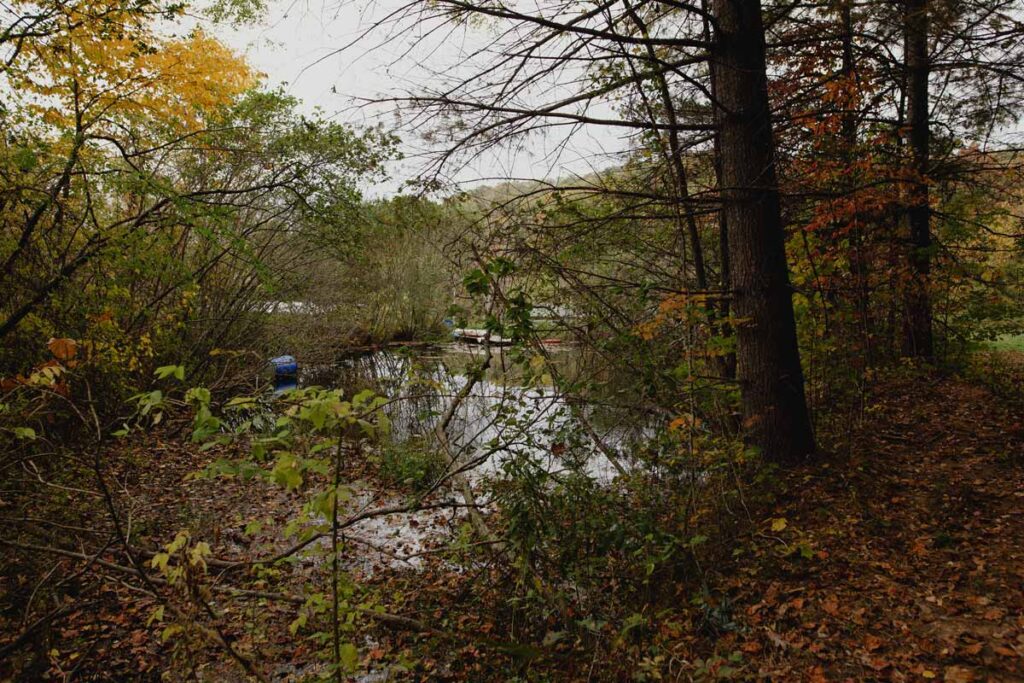
What to Look For in a Homestead Property
Questions to Ask
Before you actually start your land search, ask yourself some pertinent questions:
- What does this land need right now? Ask yourself if you must clear out overgrown areas or redirect water. You may have land edge fencing, such as forests, but if not, you may need to build fences.
- What is growing, and who eats that? Whatever is on the land, there’s an animal that probably eats it. Let animals help turn your land into something extraordinary and usable. The extra benefit of this is you’re likely raising something you can breed or eat at the same time.
- NOT what do I want to raise? You may have visions of raising white cows near white barns, but the land may not support cows. You may need goats to change the landscape first, so someday you can raise cows. So instead of asking what you want to raise, know what you can raise.
Pro Tip: Get rid of the image of what you think a farm looks like, and take the first step.
The absolute best land is the land you can afford and still have money left over. You want to pay as little as possible. The best land is the one you can get your hands on.
The best amount of land to start with isn’t necessarily as much as you can afford. We recommend starting with a five to ten-acre piece of land and learning how to manage it before jumping into something like 50-100 acres.
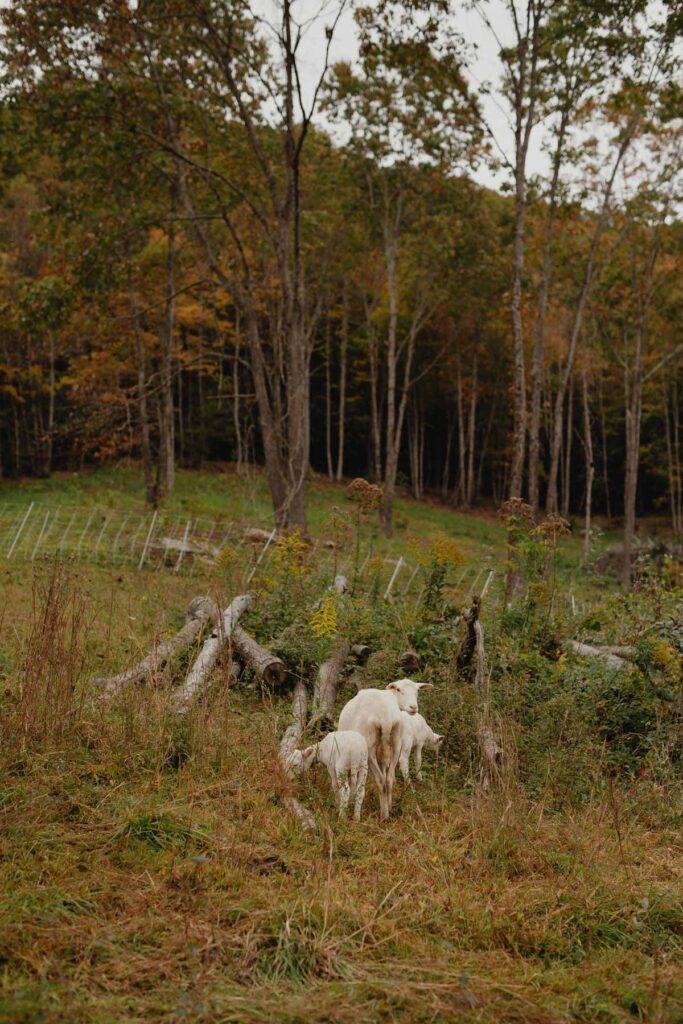
Qualities to Look For On Your New Land
Land has so many different qualities in so many different places. Be on the lookout for the things listed below:
- Ideally, the farm should have woods. Wood provides heat for your home, and the trees shelter for the animals.
- The land should have rolling topography. This will help utilize gravity that can possibly move water for you.
- It should have an obvious working ecosystem, not just all woods or all grasslands.
- It should have had no major changes in the last few years.
- Make sure no human factors have tended too much to the land, such as tractors or specialized farming equipment.
- Look for land that has garden areas, grazing pastures, and even wild edges.
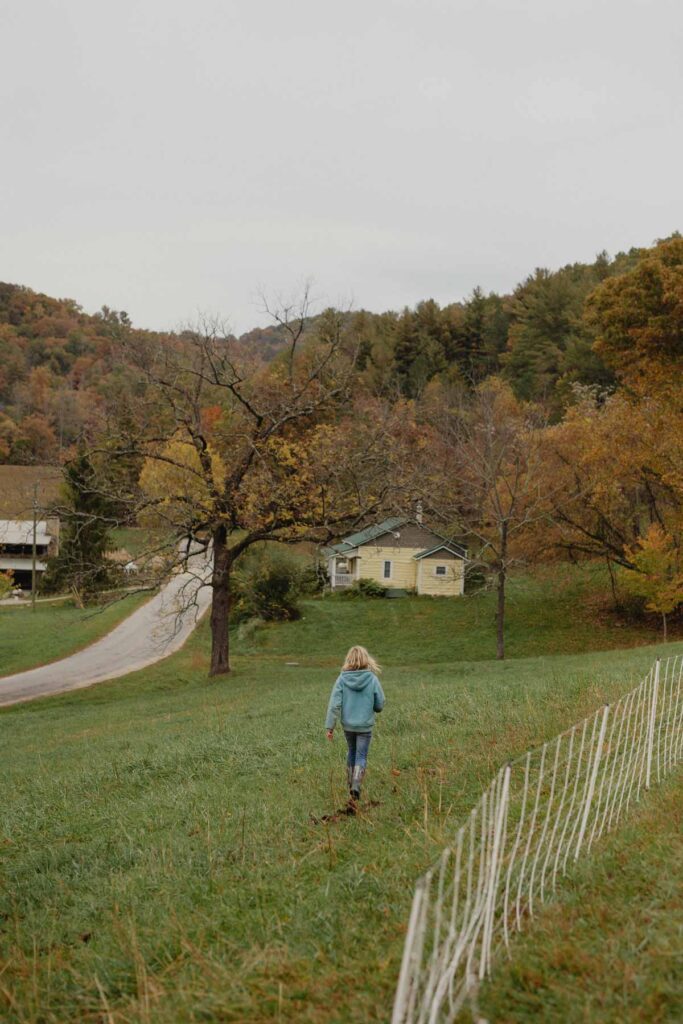
What to Avoid When Purchasing a Homestead
Looking for what you want in a homestead is important. But knowing what to avoid is also just as relevant. Here are some pitfalls to know about so you don’t fall into them.
- Avoid large infrastructure. The buildings on the property may be in the wrong place, the wrong kind, and too big. If you choose your property for just the buildings, they may not work for you. They could become wasted space and, even more, wasted money to tear them down or turn them into what you really do need.
- Don’t buy the land simply because it has your house of dreams. These kinds of homes tend to need lots of upkeep. Think land rich and house poor, not the other way around.
- All forage is edible to some animals (goats, sheep, or cows), so don’t avoid missing out on a great piece of land just because it looks hugely overgrown.
- Don’t exclude a piece of property because it has no shelter for cows. They actually don’t need shelter. This initial lack of shelter on your land can be remedied at some point if you do want a barn, but a barn is not required for raising cows.
- Strange sheds on the property may be used for something else. So don’t discount a great piece of property just for having odd sheds on it.
- Don’t choose a piece of land that is completely flat. Unless you are solely using it for farming a certain crop. Lack of various topography cause difficulty when trying to harvest water and sunlight.
- Don’t avoid looking at “junk” or “edge land” options. You don’t need infrastructure, as you can build what you really need later.
Pro Tip: Don’t use an agent when looking to buy junk land. Real estate agents aren’t really interested in helping you find junk land as there isn’t much commission for them to be made. - Avoid previous environmental damage. If the land you choose has had major damage done to it by the previous owner, you will be responsible for cleaning this up.
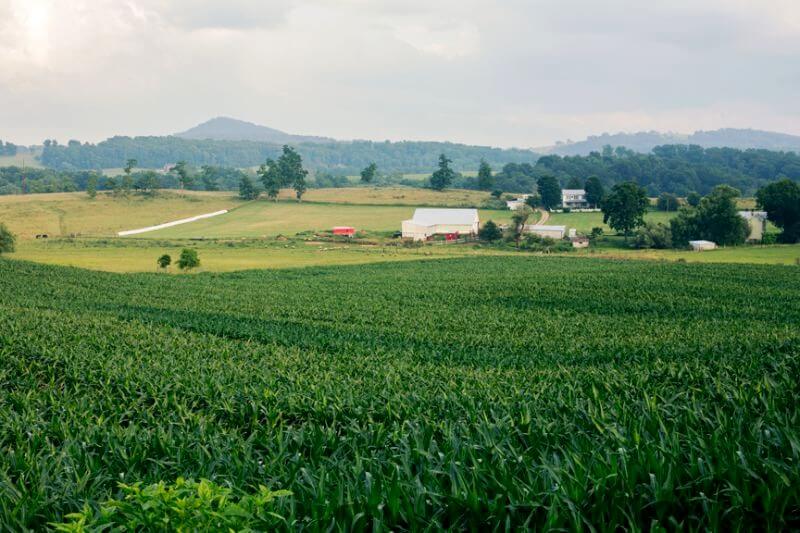
Just Start
We all have to start somewhere. Know what to look for, what to avoid, have an idea of where you want to end up, and just start.
This blog post is written based on a new series inside Abundance Plus called Frugal Homesteading. It’s one of seven videos featuring the Doughterys. Click here to watch the entire first episode of Frugal Homesteading, or sign up for a free 7-day trial to Abundance+.
Extra Thoughts to Consider
Knowing your buying and leasing options, what you should look for when buying a homestead property, and what to avoid are essential. Here are a few more things to keep in mind when searching for your perfect piece of land:
- Water and sunlight are essential. Everything else can be fixed.
- Scour the land you are interested in.
- Get the history of the land.
- Go to sheriff’s auctions or check on Craigslist.
- And there is always word of mouth. Ask around.
- If you see a piece of property you’re interested in, find out who owns it and call them directly.
- Make it your mission to undo the damage someone else did. It will be very rewarding.
- Buy land within 5 miles of where you currently are. This way, you are already familiar with the area.
- Remember, the land or farm will teach you what to do (more on this coming next week).
- In the end, almost any piece of land can be a farm and homestead.
- And don’t forget to remind yourself that your land will be your Garden of Eden! A place you’ll want to call home.
Now that you know what to consider, what options to weigh, and knowledge of what to avoid, enjoy the search. Look, research and plan what you want thoroughly. Find a property. Then enjoy the process and be excited about your homesteading adventures to come!
Other Posts You May Enjoy
- Homestead Planning the Right Way
- What to Know Before You Buy a Homestead
- How To Set Up An Electric Fence on the Homestead
- What Farm Animals Eat in a Day
- Winter Greenhouse Garden
- Best Cow Breed for Milk
- Raising Sheep Naturally
- How Much Does it Cost to Grow a Garden?
- Basics of a Chicken Coop – Design Necessities
- Chicken Tractor Plans: Affordable & Functional



